Tula Snanam
Tula masam or the Tamil month of Aippasi falls between October-15th and November 15th. This period is very auspicious for taking bath in the Kaveri. All the punya theerthams are present in Kaveri. 63 crores of punyatheerthams from the 14 lokams (worlds) merge in this river. All the stones inside the Kaveri have divinity and each speck of sand is sacred. Taking a dip in the Kaveri even by chance will get rid of sins. Imagine then the results of bathing in Kaveri ‘yatha-vidhi’.
The best time to bathe is during Brahma muhurtham or atleast before sunrise. Sankalpam is done stating the thithi, nakshatram etc. Thinking of Ranganayaki Thayar and Ranganatha and chanting
“Kaveri Viraaja seyam Vaikuntam Ranga mandiram,
Paravasudevo Rangesha Pratyaksham paramam padam’
Vimanam Pranavakaaram Vedasrungam Mahadbhutham’
Sri Rangasayee Bhaghavan Pranavartha prakashaka:”
One should immerse one’s head inside the waters. Bathing should be done by married persons with kaccham. Sumangalis should apply turmeric. Soaps should be avoided. The results one gets by bathing 100 years continuously yatha-vidhi in the Ganga can be had by bathing for three days in the Kaveri during Tula masam contemplating on Ranganatha. Ganga is present in Kaveri during Tula masam.
Known as Dakshina Ganga She starts from the Brahmagiri hills in Karnataka and joins the sea in Tamilnadu. There are several Vishnu and Shiva temples on her banks and a dip in the Kaveri especially during Tula masam is highly recommended.
Though every day is auspicious for a dip in the Kaveri, Aippasi vishu (first day of Tula masam) ekadashis, amavasya, kadai muzhuku (last day of Tula masam) and Mudavan muzhuku (the first day of Karthigai masam) are important days for Tula snanam. Mudavan muzhuku is a reminder of the story of a cripple who because of his handicap managed to reach Kaveri a day after Tula masam had ended but was granted the benefit of Tula snanam.
Next we come to the daanams done in Tula masam. After Tula snanam, daanams are recommended. One who donates grains and money on the banks of Kaveri will be like Kuberan. One who gives honey will be blessed with good children. One who does ‘Go-daanam’ gifts a cow along with a calf will have good descendants and will be freed from debts. One who donates a blanket will be freed from leprosy. One who does ‘pitru-tarpan’ on the banks of Kaveri will get the punyam of ‘Gaya shrardham’. After a dip in the water whatever one gives as daanam with Sri Ranga smaranam will reap fruits multiplied several times. Feeding the hungry, doing vastra daanam and offering tamboolam with turmeric, different kinds of fruits, coconut and vastram (saree or veshti or blouse piece) are recommended on the banks of Kaveri in Tula masam.
For those who are not able to make it remembering Kaveri and Ranganatha or listening to or reading ‘Tula Kaveri Mahatmyam’ will beget the punyam of Tula snanam.
Writeup: Vyjayanthi Rajan
(Source material-Tula Kaveri Mahatmyam )


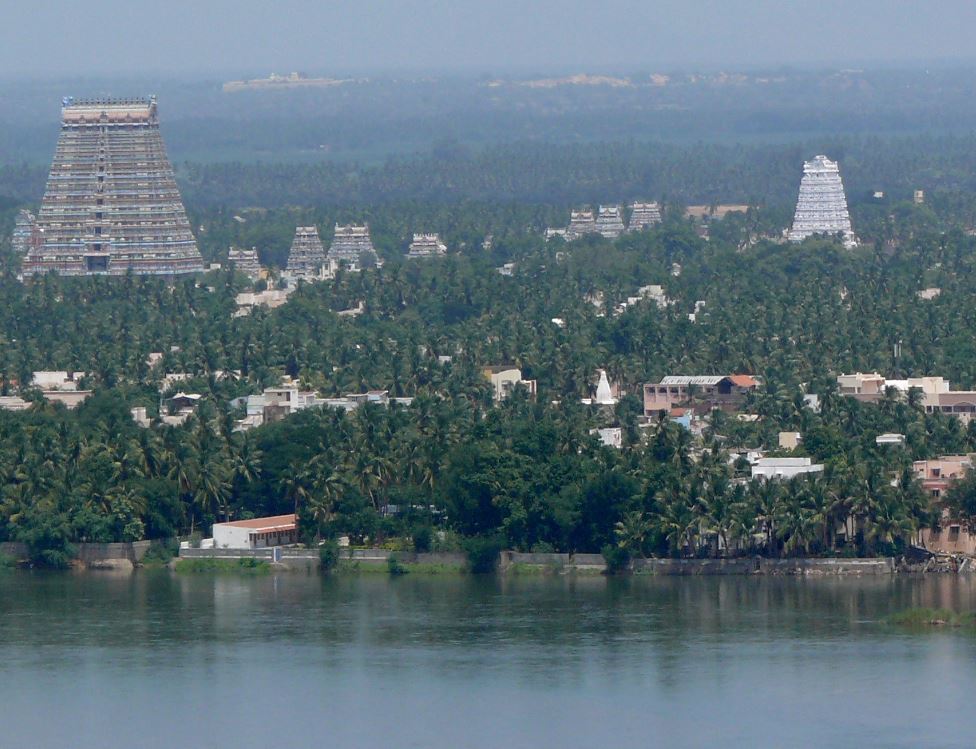

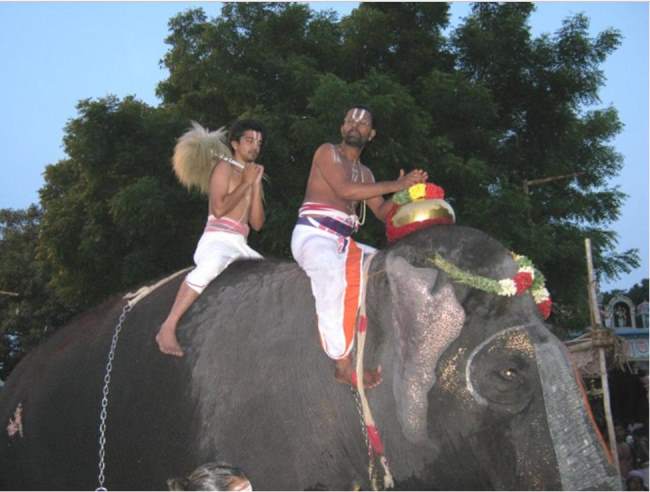
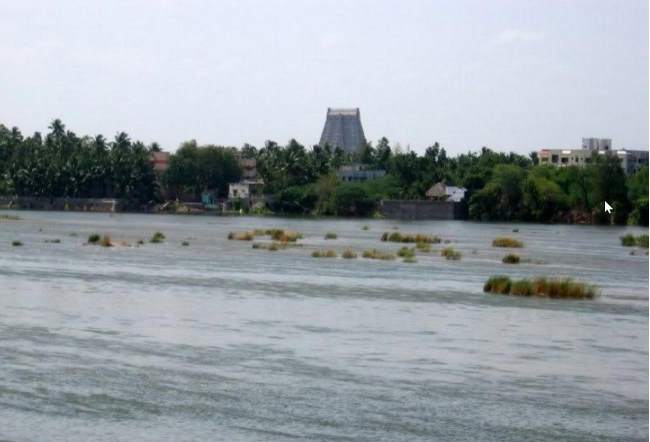
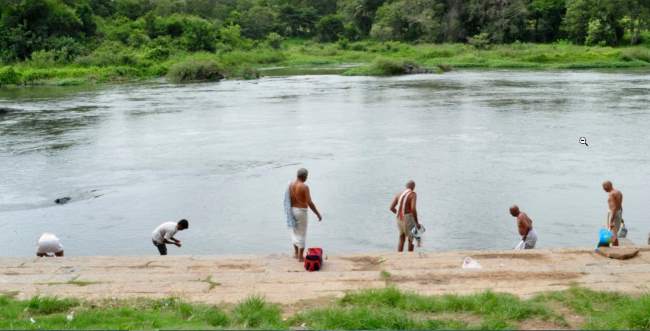

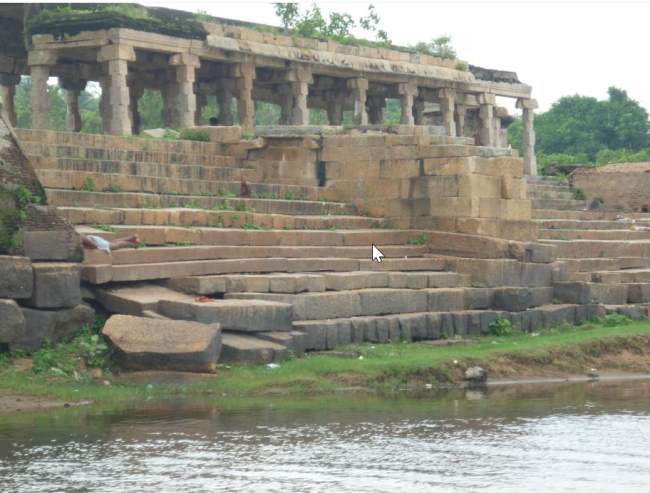
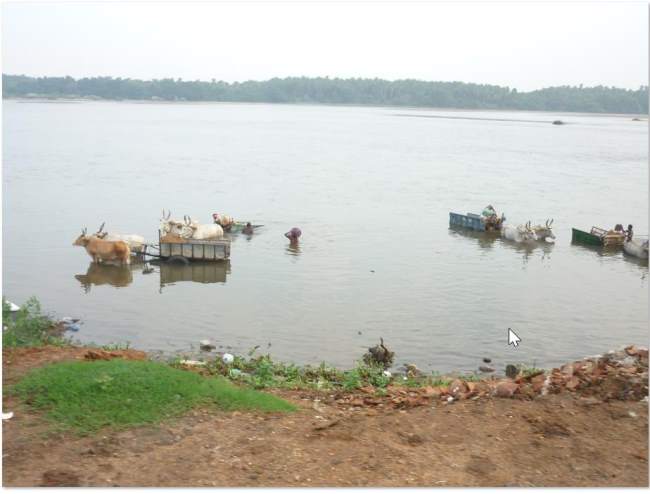
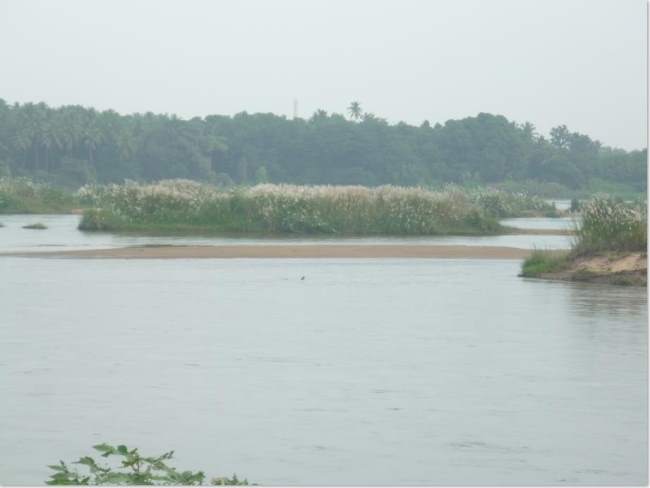
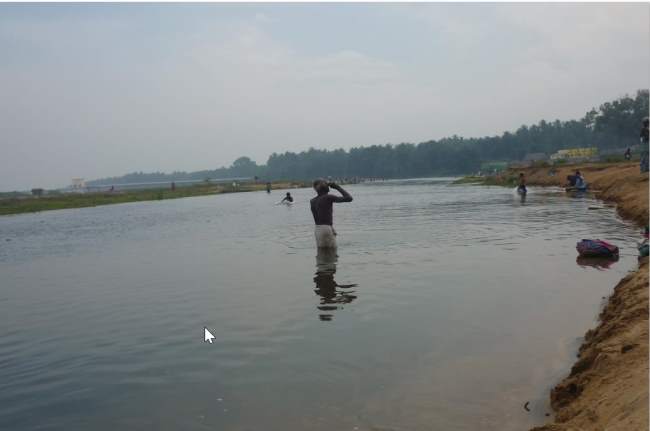


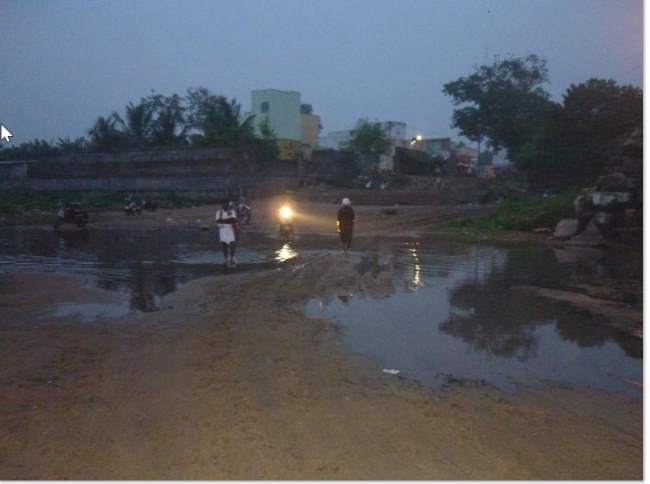
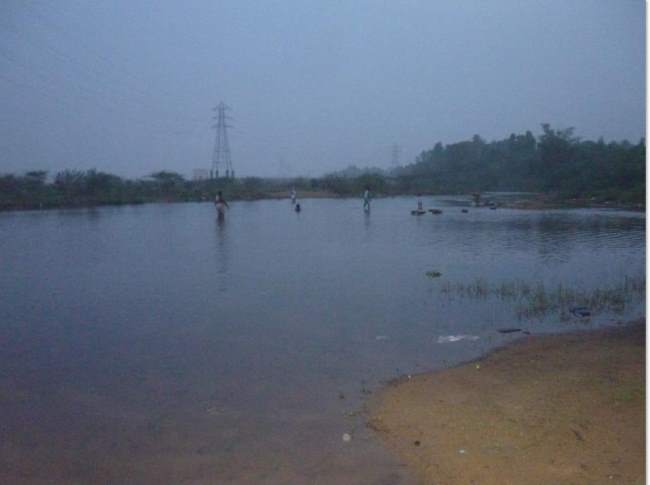
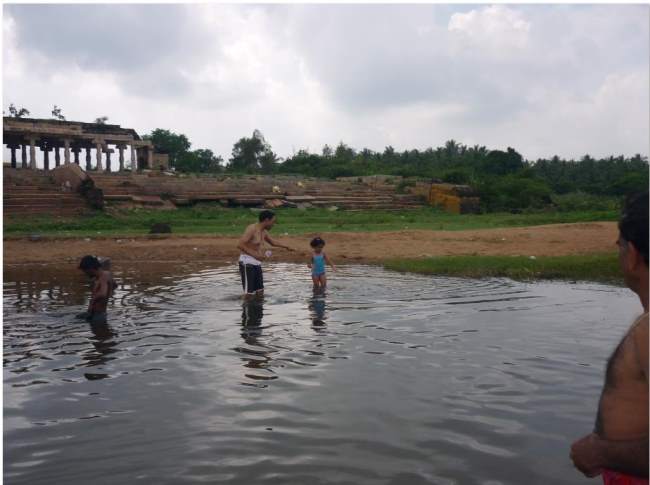
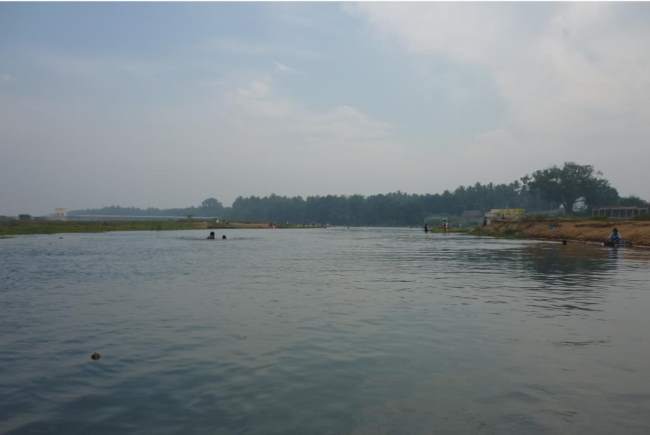






Dear Vyjayanthi Rajan madam,
Many thanks for the Thula Kaveri write up. There is one small change required in the sloka:
As per the below site, and as per Adiye’s remembering, the sloka should be like this:
Kaveree Viraja Seyam Vaikuntam Rangamandiram
Sa Vasudevo Pangeshah Pratyaksham Paramam Padam |
Vimanam Pranavakaram Vedasrungam Mahadhbhutham
Srirangasayee Bhagavan Pranavarthaprakasakah ||
Meaning: – The river Kaveri is the very same river Viraja that eternally flows in Vaikunta, Srirangam Temple is verily Vaikuntam itself, the Abode of Lord Vishnu where he sits in all splendour and majesty in the company of Nityasuris.
The Lord of Arangam, is none but Vasudeva, the Primeval Lord Himself. The Vimana is verily the external Paramapada itself.
The Vimana is in the form of the Pranava (the life sustaining mantra). The four towers are marvelously akin to the four Vedas and the Lord, Sri Rangasayee is expounding the import of the Pranava.
http://ramanuja.org/sv/temples/srirangam/
Also important is the ‘Sapta Prakaara Pradhakshanam’ – though its very ardently followed by Madhva sampradayakas, its importance is note worthy.
Dhanyosmi,
Adiyen
Sri Ramanuja Daasan – Vijayaraghavan
Again a small change in the sloka…
Kaveree Viraja Seyam Vaikuntam Rangamandiram
Sa Vasudevo Rangeshah Pratyaksham Paramam Padam |
Vimanam Pranavakaram Vedasrungam Mahadhbhutham
Srirangasayee Bhagavan Pranavarthaprakasakah ||
Swami is right. The error is regretted.
dear sir, it is so nice to view and i have learnt the practices and procedures of shri dhanvantari day. i am very thankful to you sir. with regards, yoursincerely,b.k.ramadas. bindiganavile krishna iytengar ramadas.adien….